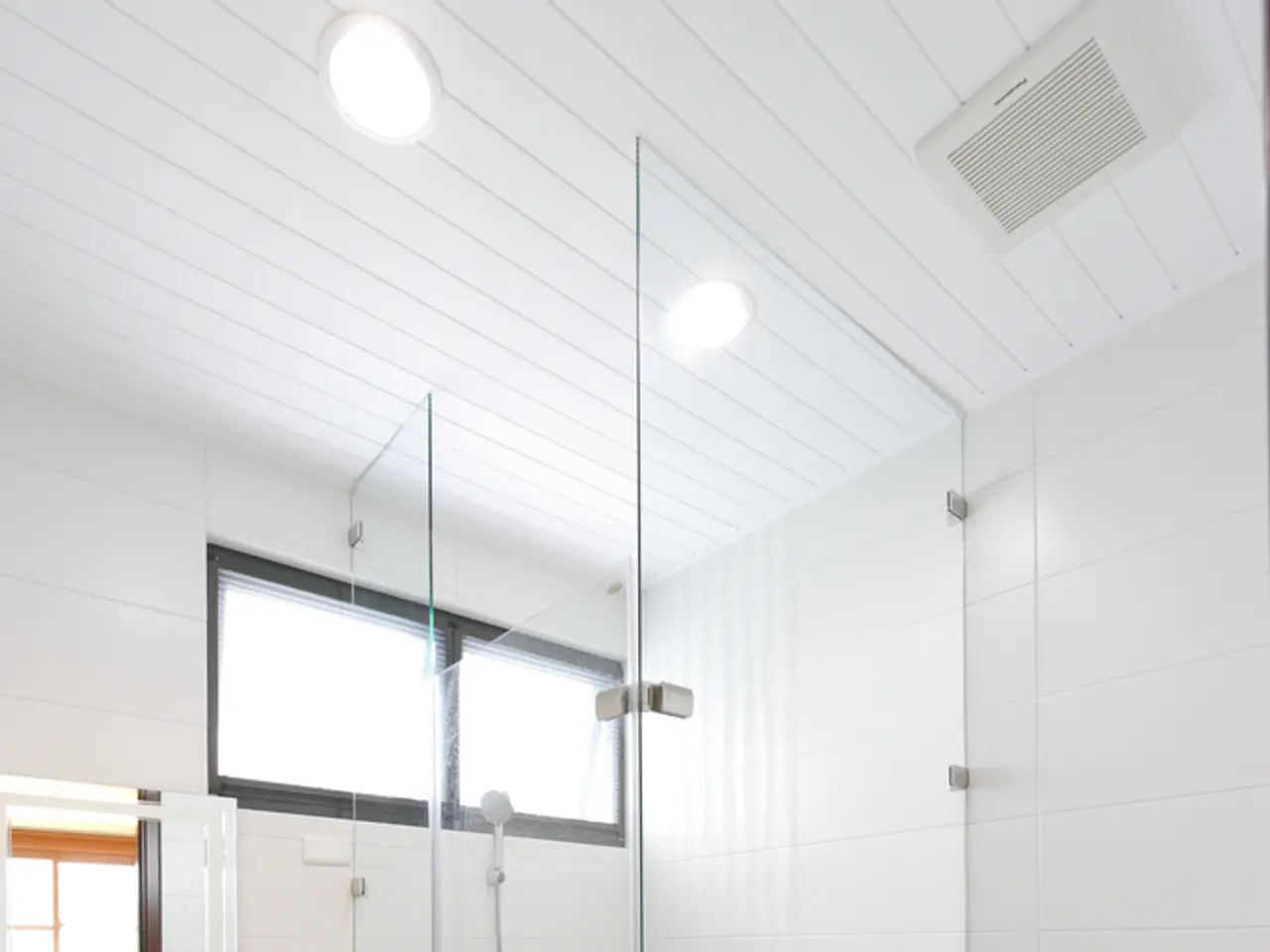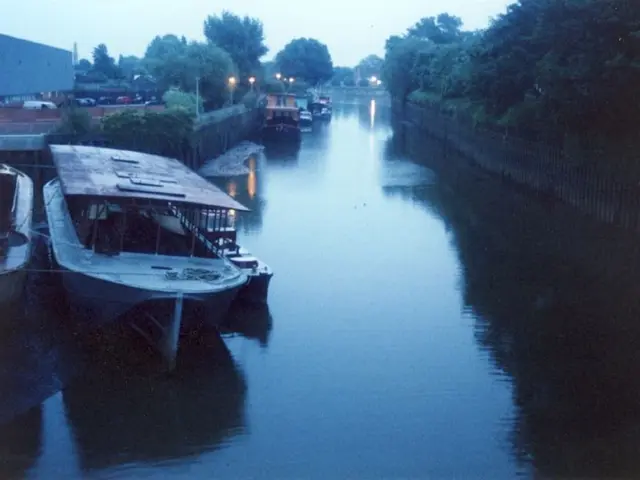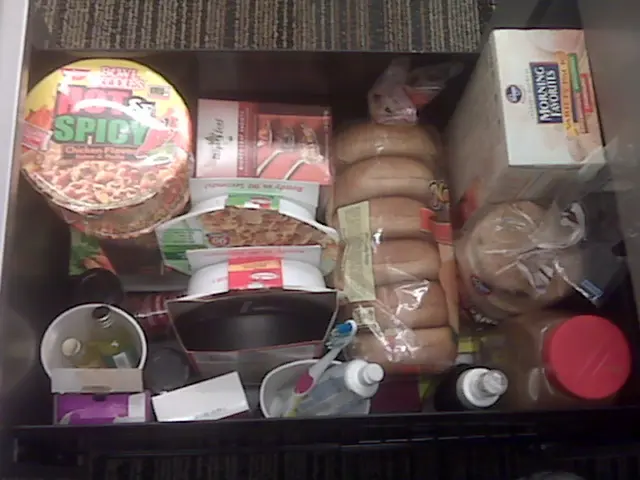Guide on Utilizing a Campervan's Restroom
When embarking on a camper van trip, finding a suitable place to empty the waste from the camper van's toilet is essential. The best options for emptying and maintaining a cassette toilet in a Class B RV rental involve several key practices.
Easy Removal and Dumping
Most cassette toilets, such as the Thetford C223CS and similar models, come with a removable waste cassette that can be taken out via an access hatch on the side of the van. These cassettes are designed with a fold-out handle and wheels or a spout, making it convenient to dump into any regular toilet, not necessarily requiring a dump station.
Regular Cleaning
After emptying, it's crucial to clean the inside of the waste cassette thoroughly. Some models have removable working mechanisms within the holding tank that facilitate easy cleaning and maintenance. This helps prevent odours and keeps the system functioning properly.
Use of Fresh Water and Additives
To flush the toilet, fill the dedicated fresh water tank with clean water. Adding appropriate chemical treatments designed for cassette toilets can control odours and break down waste for easier disposal.
Routine Maintenance
Periodically flush the cassette tank with water, and if possible, rinse with RV-specific tank-cleaning agents. Also, clean the toilet seat and bowl inside the RV to maintain hygiene. For winterising or when not in use for long periods, flush the system with RV antifreeze or windshield fluid safe for toilets to prevent damage.
Emptying the Grey Water Tank
If your Class B RV has a grey water tank, emptying it regularly assists in maintaining overall wastewater management and helps keep the cassette toilet’s flushing mechanism cleaner.
Rental-specific guidance often includes instructions to empty the cassette and clean the toilet before returning the vehicle to ensure it stays odour-free and functional for the next user.
Other Toilet Options and Disposal
When using a cassette toilet in a camper van, consider the different types and options for disposal. Portable toilets are another option but may not have a flush mechanism and need frequent dumping. Composting toilets are the most environmentally friendly choice but are generally larger and require separate disposal for urine.
Limitations and Comfort
Using the bathroom in a camper van may not be the most comfortable due to limited space. Cassette toilets have smaller water tanks and require more frequent emptying. Bathrooms in camper vans are usually about 2 feet wide by 3 feet long.
Leaving No Trace
When camping without a bathroom, follow the principles of leaving no trace. Dig a cathole about 6-8 inches deep for solid human waste.
Finding Legal Dumping Stations
Find legal dumping stations wherever you go to dispose of waste in an environmentally friendly way. These stations can often be found on campsites or at designated waste emptying points.
In summary, maintaining a cassette toilet in a Class B RV rental involves regular cleaning, the use of fresh water and additives, and routine maintenance to ensure a clean, odour-free, and well-maintained system.
- When using a cassette toilet in a camper van, some options for disposing of waste include emptying it into a regular toilet (if it has a spout), campsites with dump stations, or RV-specific waste emptying points.
- To maintain hygiene and the functionality of the cassette toilet, it's essential to clean the inside of the waste cassette, rinse it with RV-specific tank-cleaning agents, and flush the system regularly with clean water and appropriate chemical treatments.
- If your camper van has a grey water tank, emptying it regularly can help keep the cassette toilet's flushing mechanism cleaner and contribute to overall wastewater management.
- When camping without a bathroom, follow the principles of leaving no trace by digging a composting pit for solid human waste, and dispose of waste in legal dumping stations to minimize environmental impact.




